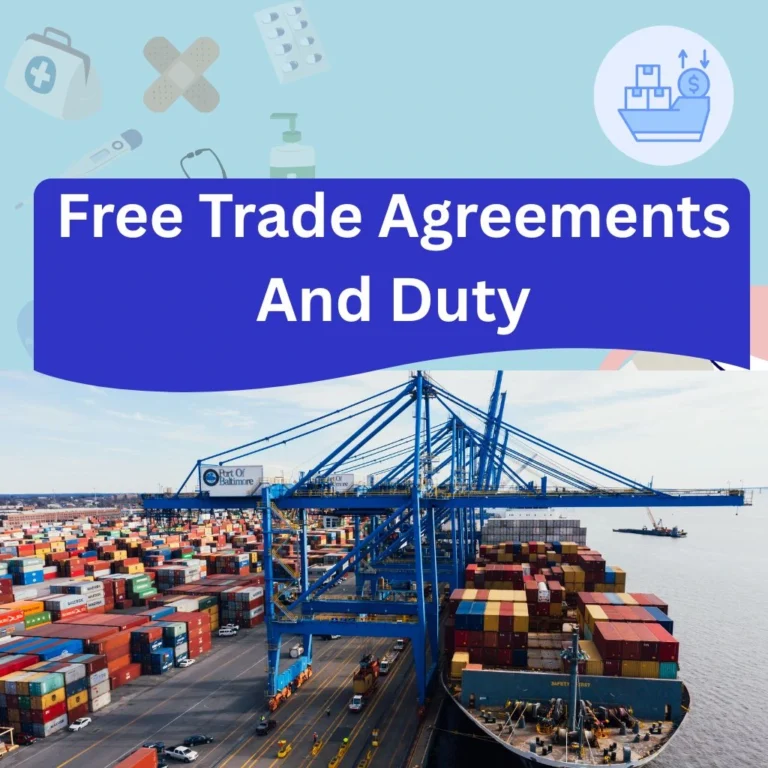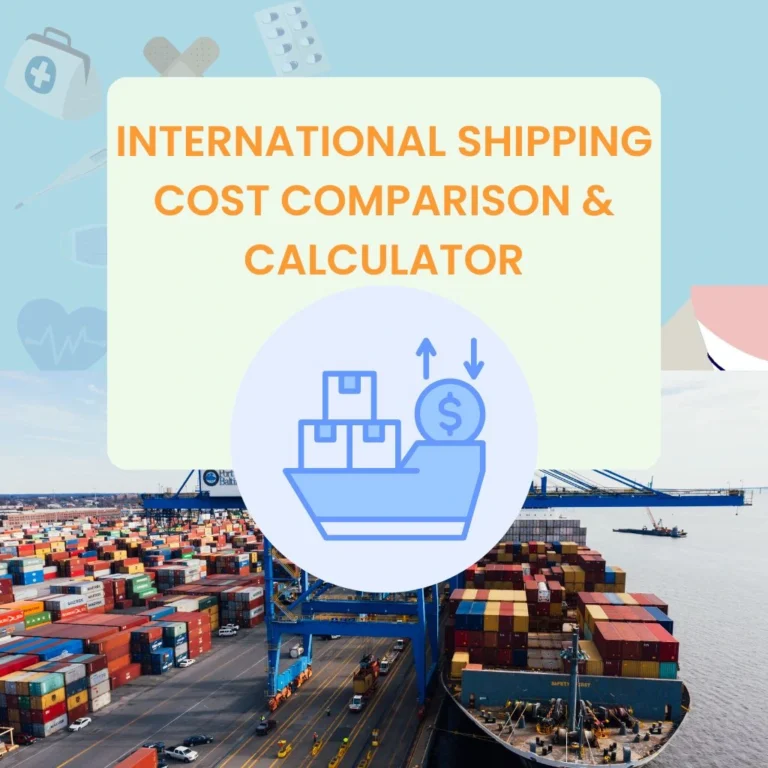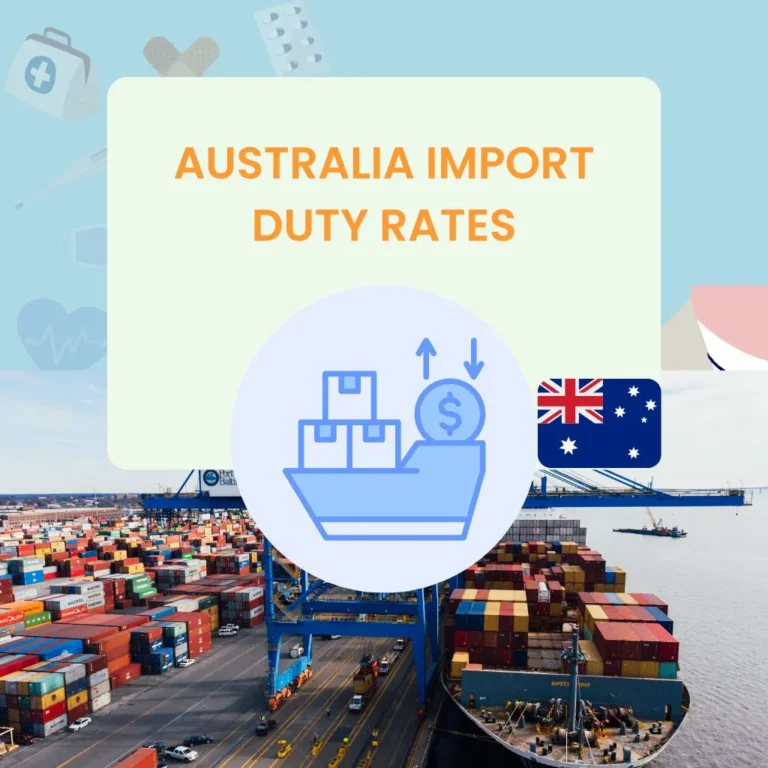Trumps 100% China Tariffs | What They Mean for Global Trade and Consumers
Introduction
On October 10, 2025, former President Donald Trump proposed a shocking 100% tariff on all Chinese goods, set to take effect on November 1, 2025. This tariff is in addition to existing duties, potentially pushing the total cost of Chinese imports to an unprecedented 130%. The announcement has sparked major concerns across industries and financial markets, raising questions about the broader impact on prices, business operations, and global trade.
TOC
Understanding the History of Tariffs and Trade Wars
To fully grasp the magnitude of Trump’s new tariffs, it’s important to look back at the history of trade wars between the U.S. and China. During the previous administration, tariffs reached as high as 145%, causing severe economic strain. Although some reductions followed, the sudden re-escalation of these tariffs in 2025 has caught many by surprise. This shift in policy signals uncertainty for both consumers and businesses, who must now prepare for the ripple effects.
Economic Concerns and Consumer Impact
The Rising Cost of Goods
The initial response to Trump’s proposed tariffs has been widespread concern, particularly regarding price hikes on consumer goods. Experts predict that everyday items, from electronics to clothing, could see steep price increases. Consumers are already bracing for a rise in costs, with many fearing that the price of imported goods will skyrocket.
A Strain on Household Budgets
As prices climb, Americans may find themselves with fewer options. Many fear the tariffs will be passed down to consumers, as companies are likely to adjust their pricing strategies. This could result in significant financial strain, particularly for households that rely heavily on affordable imported products.
The Backlash: A Call for Reshoring?
Some argue that these tariffs could bring more manufacturing jobs back to the U.S. However, skepticism runs high. Past attempts to reshore manufacturing faced challenges, with U.S. companies citing the wage gap as a key obstacle. Without a significant overhaul of labor costs and infrastructure, the prospect of reshoring may remain a distant dream.
Market Reactions and Business Challenges
Wall Street’s Response
The financial markets responded quickly to the tariff announcement. Stock prices plummeted, with major indices like the S&P 500 and Nasdaq taking significant hits. Investors in tech stocks, in particular, saw immediate losses, as Chinese suppliers play a critical role in the global technology supply chain. Businesses in the U.S. are now evaluating how these tariffs will affect their bottom line, with many facing uncertainty about the future of their operations.
Supply Chain Disruptions
One of the most significant challenges businesses face in the wake of these tariffs is potential supply chain disruptions. Many U.S. companies depend on Chinese suppliers for key components. If tariffs force these companies to find new sources, the transition could be costly and time-consuming. Even if new manufacturing hubs emerge in Southeast Asia or other regions, complex tech supply chains may be difficult to replicate.
Political Theories and Speculations
Economic Manipulation or Political Strategy?
Some critics speculate that the timing of Trump’s tariff announcement is more than a mere political move. There are theories that the former president could be leveraging the situation to profit from stock market fluctuations or even negotiate exemptions. These theories add another layer of uncertainty to the already volatile political and economic landscape.
Will China Retaliate?
While China has not immediately imposed reciprocal tariffs, experts believe they could take action in the near future. The country’s control over rare earth elements gives it significant leverage, and China’s next move could determine how global trade unfolds in the coming months.
The Path Forward: What Comes Next?
New Global Trade Dynamics
The immediate future of global trade looks precarious. Many companies are already looking for alternative manufacturing locations to bypass the tariffs. Countries like Vietnam, Cambodia, and India are seen as potential beneficiaries, but they face challenges in scaling up production to meet the demand currently filled by China.
China’s Strategic Advantage
China’s dominance in rare earth minerals gives it significant bargaining power in the trade war. These minerals are essential in manufacturing high-tech goods, from smartphones to electric vehicles. As global demand for these components increases, China’s role in the global supply chain may prove to be a critical factor in shaping the outcome of the trade dispute.
Tariff Duty Calculator
For those interested in calculating potential tariff duties on imported goods, visit our Tariffs Duty Calculator page. The tool helps businesses and individuals estimate the tariff costs they might face when importing products from China or any other country, making it easier to plan ahead for the financial impact of these tariffs.
Conclusion: Trumps 100% China Tariffs
The implications of Trump’s proposed 100% tariff on Chinese goods are far-reaching and complex. Consumers, businesses, and investors all face uncertain futures as they navigate the consequences of this new policy. Whether the tariffs will lead to economic recovery or further turmoil remains to be seen. What is clear, however, is that the global marketplace is about to experience significant shifts. Stay informed, stay prepared, and brace for the impacts.
FAQ
1. What are Trump’s 100% China tariffs and why were they proposed?
Trump’s proposed 100% tariffs on Chinese goods, announced on October 10, 2025, aim to increase the cost of imports from China to the U.S. This is an escalation of previous trade tensions and tariffs imposed during his administration, intended to address trade imbalances and pressure China on issues like intellectual property theft and unfair trade practices.
2. How will these tariffs affect consumer prices in the U.S.?
The 100% tariffs are likely to cause a significant increase in the prices of everyday goods, particularly electronics, clothing, and consumer goods that rely on Chinese manufacturing. This could lead to “sticker shock” for American consumers, as businesses are expected to pass on the cost increase to customers.
3. Will these tariffs lead to more American jobs?
While the goal of these tariffs is to bring manufacturing back to the U.S., many experts are skeptical. Due to wage differences, especially in the tech industry, reshoring is unlikely to occur on a large scale without significant structural changes in labor costs and production methods.
4. How will businesses be impacted by the new tariffs?
Businesses that rely on Chinese imports for their supply chain will face increased costs, potentially disrupting production schedules and raising prices for consumers. U.S. companies will also face supply chain challenges as they look for alternative sources for parts and products from other countries.
5. What will China’s response to these tariffs be?
China has not immediately retaliated with tariffs of their own but has indicated they may take action. With China’s control over rare earth elements, crucial to many tech industries, the situation could escalate further, disrupting global supply chains even more.








